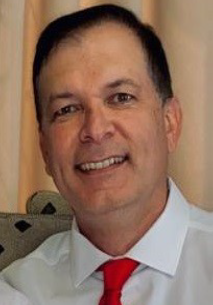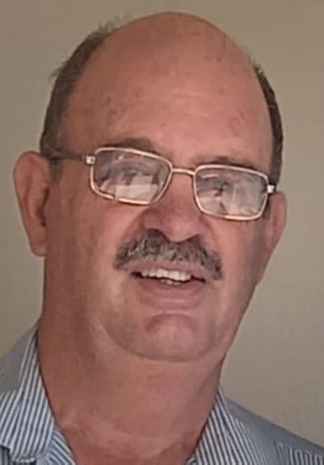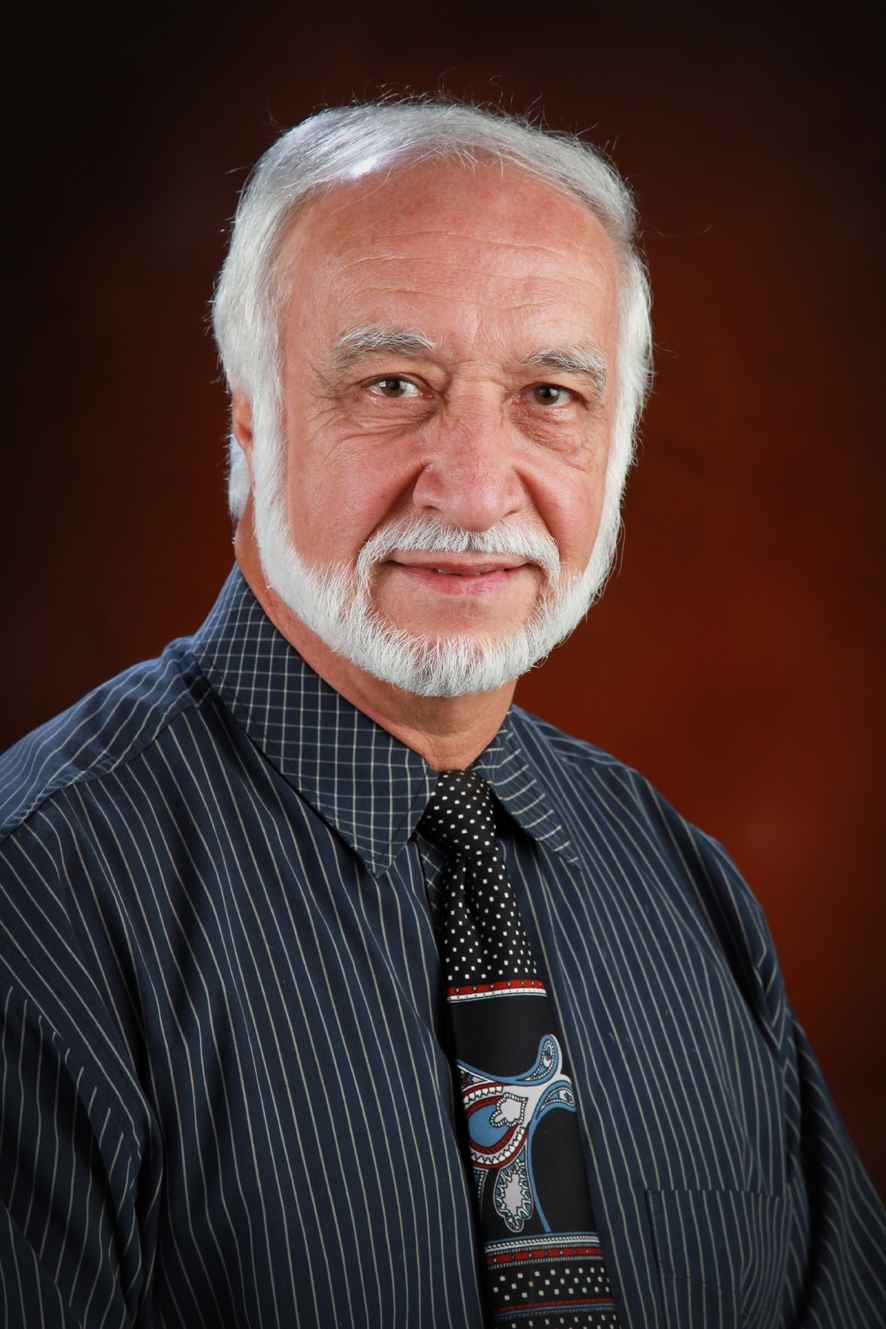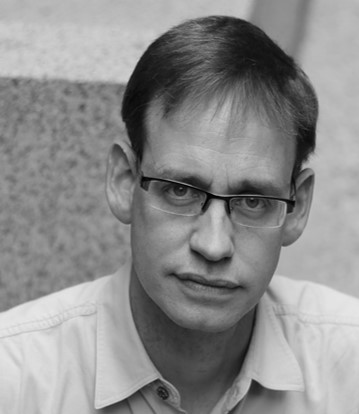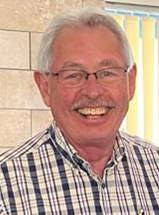Help! I'm Different! (If you did not fit in a box a century ago)
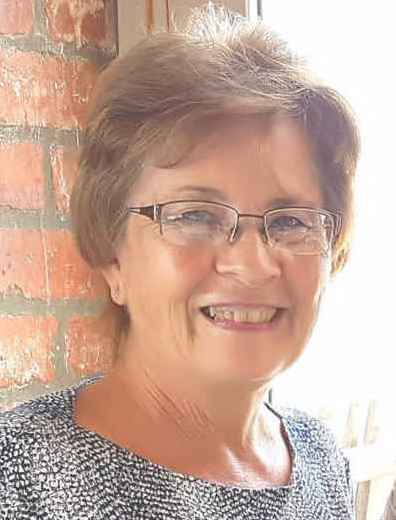 Alta du Buson Roux, 11 February 2023
Alta du Buson Roux, 11 February 2023
Alta's starting point was her great grandmother, Lettie Roux, who had 14 children of which 14 died young. How does one deal with the death of so many of your children?
Later on she was called "Crazy Let". Without any emotional help, empathy and assistance, she just had to get up every day, often with a pregnant body, and just go on.
This is the thread running through the talk - people who needed mental and physical care in a time it was unavailable. Society did not understand and did not have the expertise to help. Another member of the family had 10 children within 10 years and lost them all to syphilis. There was no help, no counselling and the minister just said; "It is God's will". He was neither capable nor trained to help people in such dire situations.
Orphans were often left to their own devices, people with dementia were usually declared insane. There were only a few institutions, poorly managed, where hygiene left much to be desired. People were admitted to remove them from society and not to treat them and improve their condition.
Centuries ago, it was believed that illness was a punishment for sin and therefore treatment was futile. Priests had to exorcise demons - depression was seen as black bile in the body and all sorts of methods were used to get rid of the bile. Later, shock techniques, lobotomy and other terrifying methods were used.
Alta mentioned a number of conditions for which inhumane methods have been used as treatment.
Only in the last 50 years has there been research of mention, improved diagnosis and a better understanding of conditions related to depression. Institutions that look after people have improved a lot and the people are treated with human dignity.


